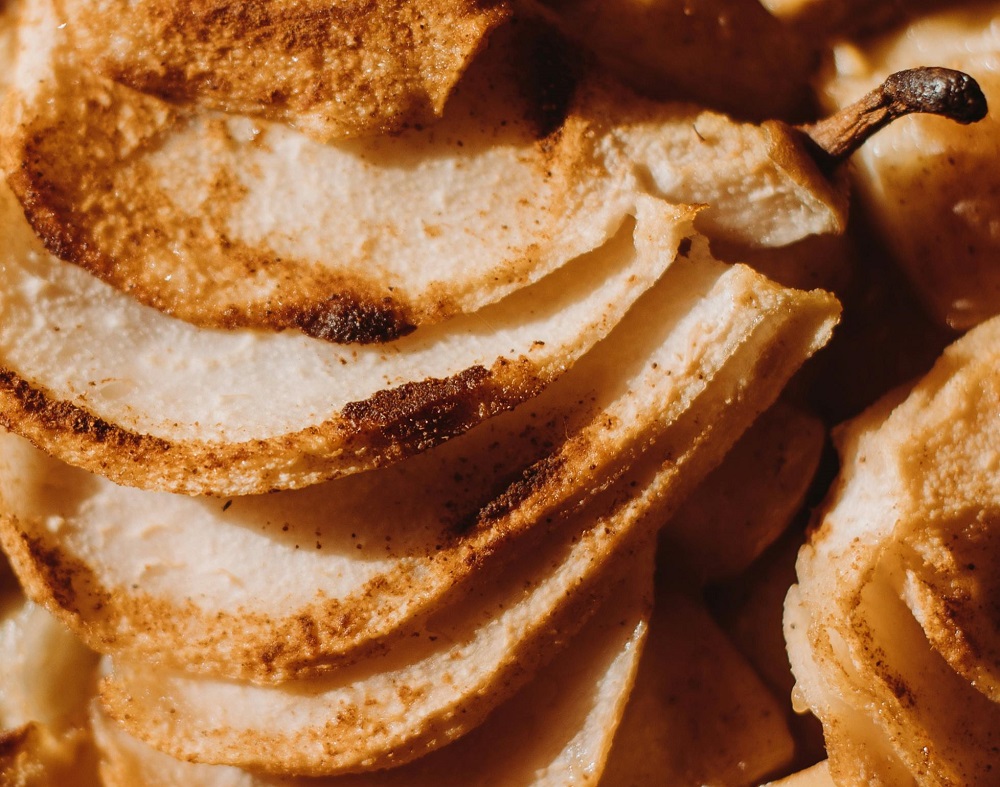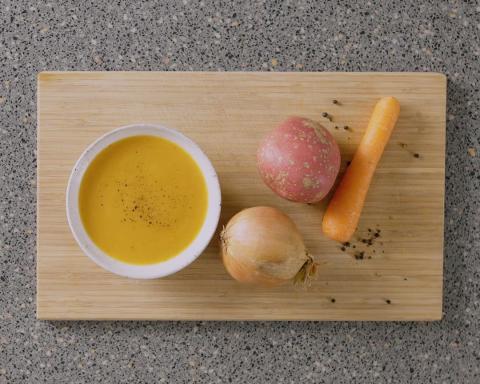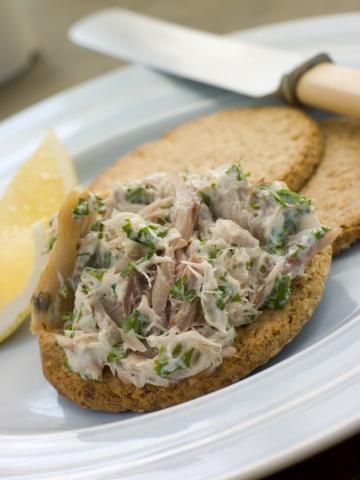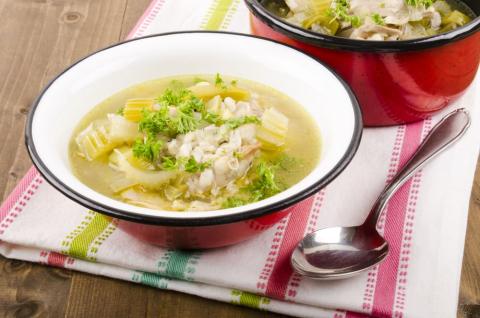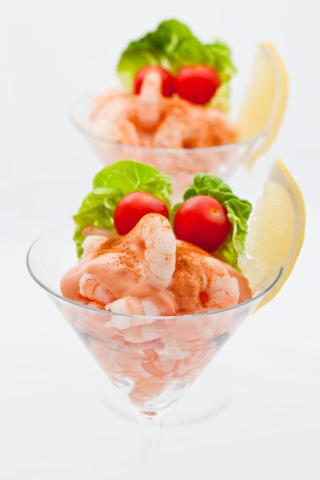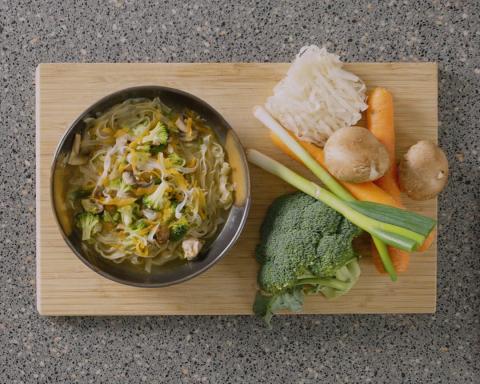- 2 (300g) Pears
- ½ Teaspoon (2g) Mixed Spice
Ingredients
Allergy Disclaimer
Always check the label of each ingredient for allergy warnings.
Method
- Preheat the oven to 140°C / 120°C fan oven / 280°F / gas mark 1.
- Thinly slice the pears into rounds from the base, picking out any pips.
- Line a baking tray with greaseproof or baking paper and place the pear slices on the tray. Sprinkle the mixed spice over the slices, a pastry brush is useful to spread it evenly.
- Bake in the oven for 40 minutes. Then leave to cool and crisp.
- The pears won't feel crisp until cooled. Store in a sealed food bag and eat within 2 days.
Time Saver Tips
You could try making a batch of these and storing them so you’ve always got a handy, healthy snack ready
Cost Saver Tips
These work great with other fruit like apples, or even root vegetables such as carrots or parsnips. Why not use up whatever you’ve got in or see what’s on offer? You could try making these with cinnamon instead of mixed spice, or chilli powder, paprika or ground black pepper if making them with veggies – whatever spices you have in are good!
Tips for Kids
If your wee one finds the spices a bit much, you could always try adding a little less to see if they prefer it.
Nutritional Information
Based on a single serving of 64g (% of an adult's reference intake)
Energy
32 kcals ( 2 %)
134 kJ ( 2 %)
Fat
0.1 g ( 1 %)
Saturates
8.2 g ( %)
Sugar
8.1 g ( 9 %)
Salt
0.1 g ( %)
Detailed nutritional information
| Per 100g | Per 64g serving | |
|---|---|---|
| Energy Kcals | 50 | 32 |
| Energy Kj | 210 | 134 |
| Protein | 0.4 g | 0.3 g |
| Total Fat | g | g |
| Saturated Fat | 0.1 g | 0.1 g |
| Carbohydrates | 12.7 g | 8.2 g |
| Total Sugars | 12.7 g | 8.1 g |
| NSP Fibre | 1.9 g | 1.2 g |
| Sodium | 2 mg | 1 mg |
| Salt | 0.1 g | 0.1 g |
Find out about nutritional labelling
Nutrition labels on the front of packaging
- Most of the big supermarkets and many food manufacturers display nutritional information on the front of pre-packed food.
- Front of pack nutrition labels provide information on the number of grams of fat, saturated fat, sugars and salt and the amount of energy (in kJ and kcal) in a serving or portion of a recipe.
- The labels also include information about reference intakes (expressed as a percentage) which are guidelines about the approximate amount of particular nutrients and energy required for a healthy diet.
- The colour coding tells you at a glance if the food has high (red), medium (amber) or low (green) amounts of fat, saturated fat, sugars and salt.
- The more greens on the label, the healthier the choice
- Amber means neither high nor low, so you can eat foods with all or mostly ambers on the label most of the time.
- Reds on the label means the food is high in that nutrient and these are the foods we should cut down on. Try to eat these foods less often and in small amounts.
Food shopping tips
If you’re trying to decide which product to choose, check to see if there's a nutrition label on the front of the pack. This will help you to quickly assess how your choices stack up. You will often find a mixture of red, amber and green colour coding for the nutrients. So when you're choosing between similar products, try to go for more greens and ambers and fewer reds if you want to make a healthier choice.
 Activities & Play
Activities & Play Behaviour
Behaviour Childcare
Childcare Development & Growing Up
Development & Growing Up Family, Friends & Relationships
Family, Friends & Relationships Feeding Your Baby
Feeding Your Baby Food & Eating
Food & Eating Health & Safety
Health & Safety Mental Health & Wellbeing
Mental Health & Wellbeing Money & Work
Money & Work Online Behaviour & Safety
Online Behaviour & Safety Pregnancy & First Days
Pregnancy & First Days School & Education
School & Education Sleep
Sleep

